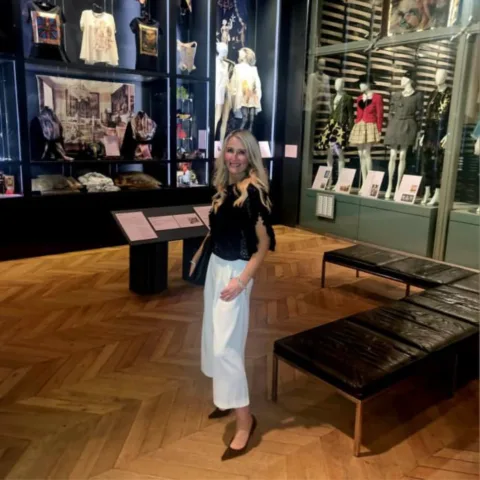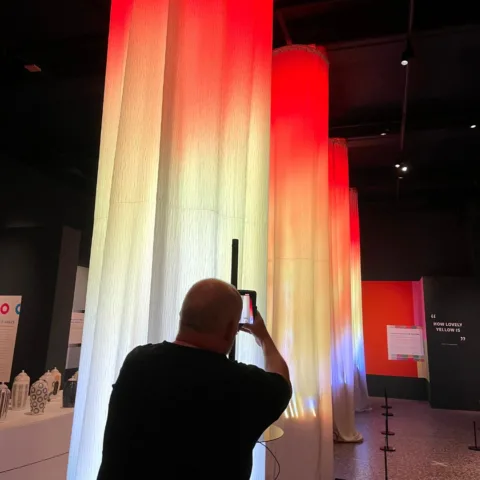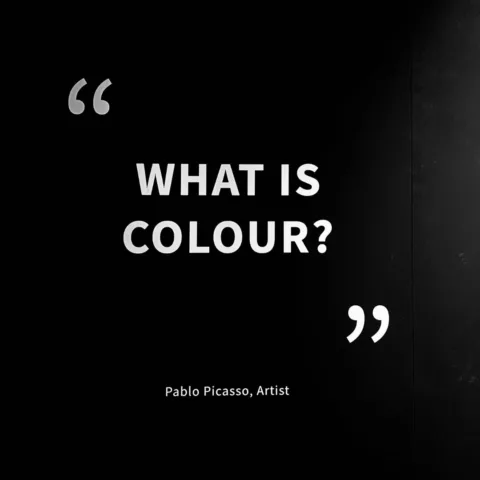The Bowes Museum Blog

SHELF LIFE: The Ornaments Are Talking To Me, Clarke’s Cabinets of Time Lost
‘Mark Clarke is a master of the language of things’
Xa Sturgis, Director of The Ashmoleon Museum, Oxford.
If you see just one exhibition this winter make it SHELF LIFE at The Bowes Museum, County Durham. Hurry though, because this captivating installation finishes on 12 February 2017. The exhibition explores themes of love, loss, and remembering in a way that is fond, funny, poignant, and ultimately magnificently life-affirming.

Shelf Life

Shelf Life
SHELF LIFE is an assemblage exhibition by Mark Clarke, a contemporary artist who uses ordinary, (and not so ordinary), found objects to creatively represent, explore and interpret ideas from dementia and bereavement to obsession and celebrity culture. Clarke’s work for the Bowes is inspired by his mother, Ruby, who died of Alzheimer’s, and consists of five individual and monumental assemblages containing over 1000 individual pieces.

Dinner time

Red Riding Hood
SHELF LIFE is not the first exhibition Mark Clarke has created for a museum or art gallery. In 2009, CLARKE’S CABINETS OF CURES: Blood, Mermaids and Madness was shown at Wellcome Collection in London. Inspired by the Wellcome’s unparalleled archives on the history of medicine Clarke contrived a series of five vitrines telling the stories behind some of the quirky figures and outlandish treatments in medical history. So, there was the Countess of Chinchon, for example, who found a treatment for malarial fever in the black bark of a tree; a Mermaid representing scurvy; and Jamaican-born Mary Seacole who was a battlefield nurse to sick and convalescent British officers during the Crimean war.

Bloodletting

Countesss Powder Malaria Treatment

Scurvy

Hildegard of Bingen
‘Mark Clarke’s work brings wit, inventiveness and no little skill to the world of the museum vitrine. His delight in the materials he finds and in the stories he uses them to convey is infectious,’ commented James Peto, Head of Public Programming at Wellcome Collection.
A version of this exhibit, with a modified title CLARKE’S CABINETS OF CHRISTMAS CURES, was displayed at Fashion Museum Bath in December 2010. Taking the trope of the scientific lectures held at the Royal Institution each Christmas as a starting point, this exhibition was also inspired by the archive collections at the host venue. This time, however, the Cabinets incorporated actual objects from the museum’s historical collection. Over 100 pieces from the Fashion Museum’s collection that had never previously been displayed, the unexpected, and the frankly unloved – from a tiny model boat with a newspaper print sail to a doll’s house chair, for example – were added to the Cures characters’ vitrines, which had first been seen at the Wellcome. Clarke’s artistic vision offered opportunities for the Museum to interpret the collections in a completely new light for visitors. The inclusion, for example, of fashionable items of Victorian hair jewellery to the Mary Seacole installation took the concept of momento mori to a new level for the Museum, enabling messages about the shocking numbers of casualities during the Crimean War, not something you would expect to encounter in a museum devoted to fashion.

Mary Seacole
And it was this theme of loss that informed Clarke’s next museum installation. BELFAST BOY: Clarke’s Cabinet of Home, Heart and Hearth was exhibited at the Holburne Museum in 2012. The Holburne, where there is a successful tradition of scheduling historic and contemporary exhibitions alongside each other, asked Clarke to produce a work to accompany the exhibition SECRET SPLENDOUR. THE HIDDEN WORLD OF BAROQUE CABINETS. Clarke’s response, BELFAST BOY, was a stunning yet poignant assemblage built upon a bright yellow mantelpiece with a ship placed on top to conjure up the image of the Harland & Wolf ship yard of Clarke’s home city of Belfast. The ‘boy’ referred to is Clarke’s Uncle Bobby, a merchant seaman, who drowned off Curaco Bay, South America in 1955, aged just 24. Half hearth, half shrine, Clarke captured the constant but silent presence of bereavement experienced by many families.

Belfast Boy

Belfast Boy at the Holburne
‘Mark Clarke is a master of things,’ says Xa Sturgis, Director of The Ashmoleon Museum, Oxford. ‘Drawing on artistic traditions old and new and high and low, his BELFAST BOY trod a delicate line between kitsch and the profound, the playful and the poignant to create an installation that could simultaneously raise a smile and a lump in the throat.’

Hats off to Will i am

In Victoria Beckham’s Shoes

Mind that Chandelier Sia

Nicole Kidman’s Going Out Tonight
So, what next for Mark Clarke? Plans are already underway to stage SHELF LIFE in a London gallery. Meanwhile, building on his trademark approach of situating found objects within cabinets and placed on shelves and mantle-pieces, and keen to explore the relationships between historic houses their past and present owners and today’s public, Clarke is engaged in discussions with a number of estates where he hopes to create a cabinet response to architecture, paintings and decorative arts. For those of us who work in museums and with contemporary artists, Clarke’s enthusiasm for collections is a breath of fresh air. His ability to get to grips with the history and background of individual collections ensures his artistic response is genuinely routed in the core of any museum – the objects.

Mark Clarke portrait
By Howard Batho – British Library, London & Rosemary Harden – Fashion Museum, Bath
You can follow Mark Clarke on Instagram @clarkescabinets







